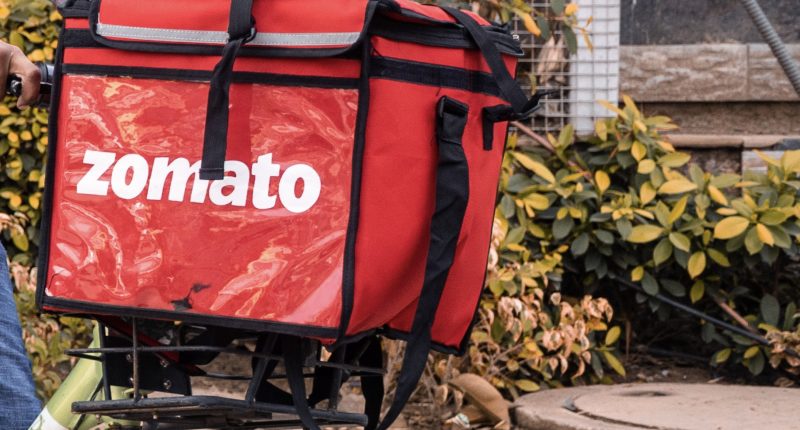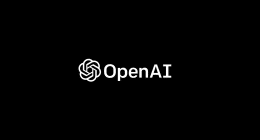The GST council has approved a new proposal, wherein food delivery platforms like Zomato and Swiggy will need to collect and deposit 5% GST for each order fulfilled by them, starting from January 1. However, their will be no effect on the end user. How? Read more to find out.
Whenever you order something from Zomato or Swiggy, you already pay a 5% GST on your order value. The platform adds that to the total bill, passing down the GST to the restaurant. It’s a fairly simple process, and has had worked quite efficiently for these companies, that have now reached valuations of billions of dollars.
However, it does not work so seamlessly for tax collectors. The government claims that there have been cases where restaurants don’t pay the tax their fair share of GST, despite them recording high turnovers. To solve this issue, the government has given the tax filing charge to Swiggy and Zomato.
Now, instead of collecting the tax from the user and passing it down to the restaurant in hopes that it would then give it to the government, Zomato and Swiggy will collect the tax on every order and give it to the government directly. As a result of this, the restaurants will also have to mandatorily register themselves as is done by e-commerce sellers.
However, since the user is already paying the 5% tax, there would be no real affect on your food orders.
While this solution can eliminate tax evasion, it can also cause a new problem instead. Tax experts suggest that with this new provision, small restaurants, i.e. those that annual turnover of less than Rs 20 lakh, will also come under the GST bracket. At the moment, these restaurants are exempt from the GST net.
Moreover, it will also create a hassle of restaurants having to keep two books-one to track their personal business and one to track online orders from Zomato and Swiggy.
Last but not least, it will also lead to more burden for food aggregators, since the GST filing responsibility will now fall onto their shoulders.
The Tech Portal is published by Blue Box Media Private Limited. Our investors have no influence over our reporting. Read our full Ownership and Funding Disclosure →






